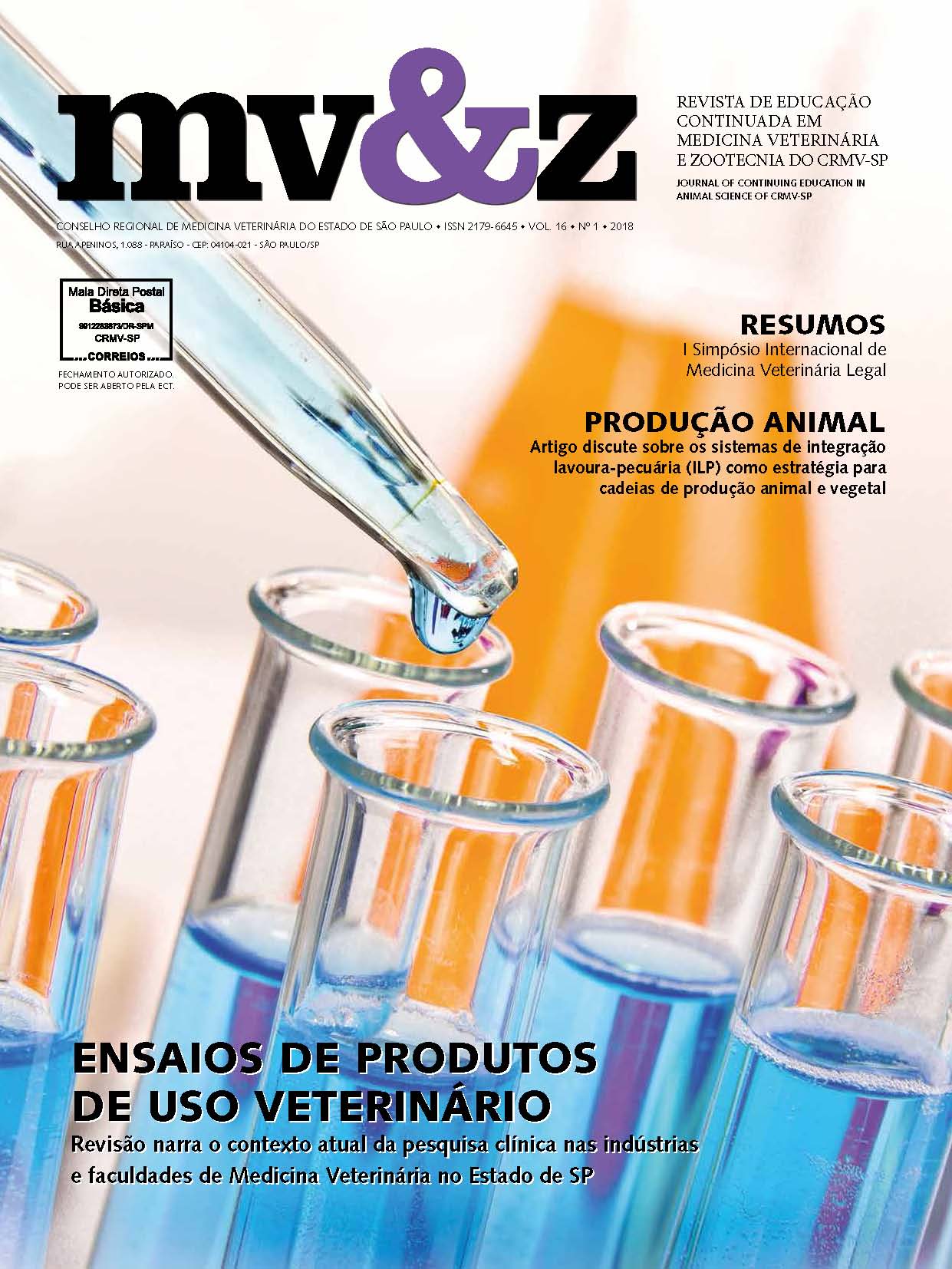M. G. Matos
Universidade Estadual do Ceará, Fortaleza, CE
C. E. B. Lopes
Universidade Estadual do Ceará, Fortaleza, CE
S. P. Pimentel
Universidade Estadual do Ceará, Fortaleza, CE
A. W. P. Pessoa
Universidade Estadual do Ceará, Fortaleza, CE
F. R. N. Rodrigues
Universidade Estadual do Ceará, Fortaleza, CE
D. A. Viana
Universidade Estadual do Ceará, Fortaleza, CE
Abstract
In legal medicine, it is a reality to correlate both medical and legal knowledge when in the interest of the Justice. Thus, the necropsy is understood as a technique to perform the practical evaluation of the corpse, being crucial to stablish the definitive diagnosis, explain the different processes, and confirm or not the initial suspicions (BROWNLIE, 2016). In human legal medicine, a lot of hit and run cases are the reason for corpse evaluation. The investigation of hit-and-run road accidents is a special challenge to forensic medical examiners requiring a multiskilled approach. In the literature, the principles of evaluation were demonstrated primarily on the basis of hit-and-run fatalities, but they also apply to clinical forensic medicine (DODD, 2000). Major abdominal evisceration injuries, defined as herniation of the contents of the peritoneal cavity through the body wall with exposure of the abdominal viscera, appear to be rare in small animals, with only 12 cases reported over a 10-year period in one large teaching hospital (GOWER, 2009). In this paper, it is described the case of a kitten that was found dead in the parking lot area of the Universidade Estadual do Ceará (Uece), eviscerated, with its visceral organs showing through a traumatic opening on the left side of its neck, demonstrating the severity of the lesions caused by a trauma involving a hit and run driver. The objective of this case report was to show the importance of a well structure necropsy report with background image footage and its role as scientific evidence in animal-related crimes.
